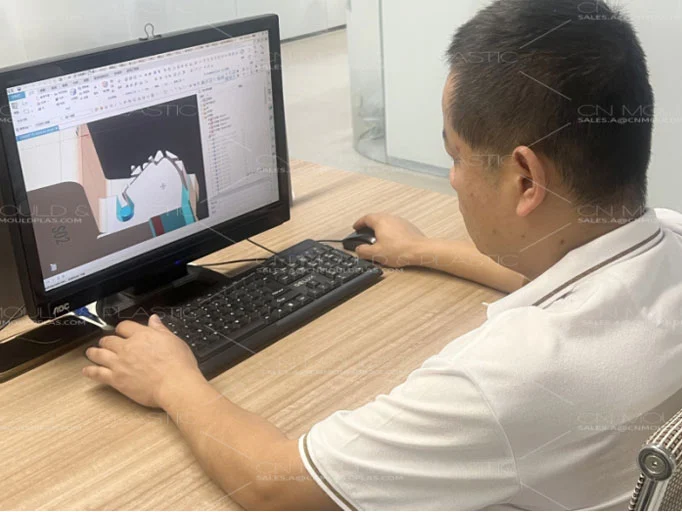The formula of viscoelastic damping materials generally includes the following basic components:
(1) Binder. The binder is the main polymer in the viscoelastic damping material, the key ingredient in the formula. It's usually things like synthetic rubber, synthetic resin, and thermoplastic elastomer, existing as a continuous phase in the material system. There can be one type of binder, or multiple types used together or blended ① to make up for the shortcomings of a single component in some properties.
(2) Vulcanization system. This includes vulcanizing agents, accelerators, activators, and anti-scorching agents, etc. They can make polymer molecules cross-link, turning linear molecules into a three-dimensional structure. This way, the damping material gets a definite structural form and the required properties. When the binder is resin, it's called a curing agent or initiator, including curing agents or initiators, accelerators, etc.
(3) Reinforcing and filling system. In the formula, things like carbon black and white carbon black that can improve the tensile strength of rubber are called reinforcing agents. Other powders, which either improve certain properties, just increase the volume, or reduce costs, are generally called fillers. Some fillers with a flaky microscopic structure can convert tensile or compressive deformation into shear deformation, thus also bringing additional damping effects. Reinforcing agents and fillers exist as a dispersed phase in the material system.
(4) Plasticizers (or tougheners). These include physical plasticizers and chemical plasticizers. They're used to adjust the glass transition temperature of viscoelastic polymers, which can make the damping peak shift to lower temperatures. As processing aids, plasticizers can improve the plasticity of semi-finished rubber compounds, enhance processing performance, reduce material hardness, and improve low-temperature resistance.
(5) Stabilizers. They improve the aging stability of polymer materials, that is, enhance the material's ability to adapt to environments like heat, oxygen, and ultraviolet rays, and extend the material's service life. Among them, those used for rubber are also called anti-aging agents, and those used for plastics and resins are called antioxidants or stabilizers. In addition, there are ultraviolet absorbers, mildew inhibitors, etc.
(6) Flame retardants. They improve the combustion characteristics of viscoelastic damping materials and enhance flame retardancy.
(7) Processing aids. Such as softeners, tackifiers, lubricants, etc.
(8) Coupling agents. They help improve filler dispersion, enhance interaction with rubber, and boost the damping material's adhesion to metal. Common ones are KH-550 (γ-aminopropyltriethoxysilane), KH-560 (γ-glycidoxypropyltriethoxysilane), KH-570 (γ-methacryloxypropyltrimethoxysilane), as well as brands like KH-580, KH-590, 12-1, Y302, A-151, etc. Coupling agents containing mercapto groups are effective for sulfur vulcanization systems, those containing acryloxy or vinyl groups work for peroxide vulcanization systems, and silane coupling agents are effective for silicon-based fillers. When using them, you can mix them into processing oil to treat fillers, or add them directly to the rubber compound.
(9) Coloring agents. These are divided into inorganic colorants (inorganic pigments) and organic colorants (organic pigments and dyes), and they give color to the damping material.
(10) Foaming agents. These are used when making foamed damping materials.
(11) Solvents. They may be used in the production of coating-type damping materials.
(12) Antistatic agents. They improve the surface conductivity of damping materials, allowing charged damping materials to discharge quickly to prevent static buildup. Most antistatic agents are hydrophilic surfactants; common ones are some ionic or non-ionic surfactants, such as quaternary ammonium salts and polyethylene glycols.
All the above components except the binder are collectively called compounding agents. Among them, (1) to (5) are the main ones, and other components can be selected as needed.


